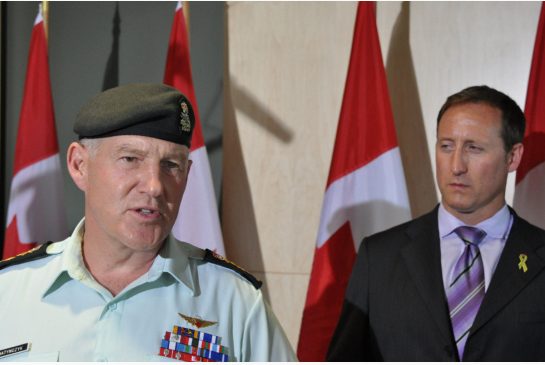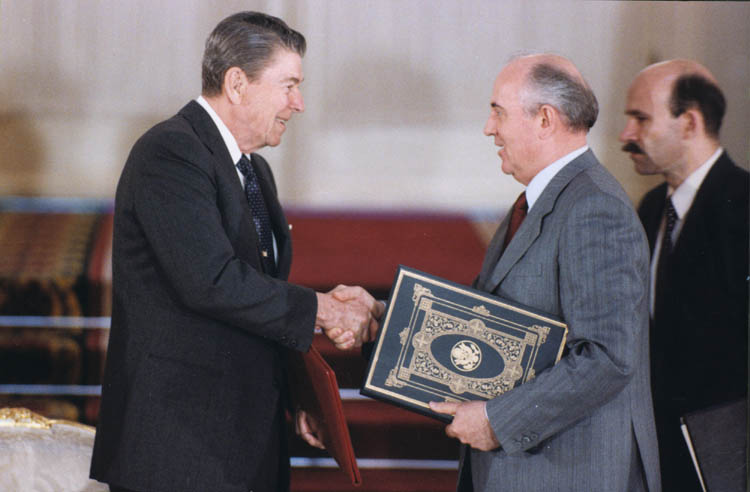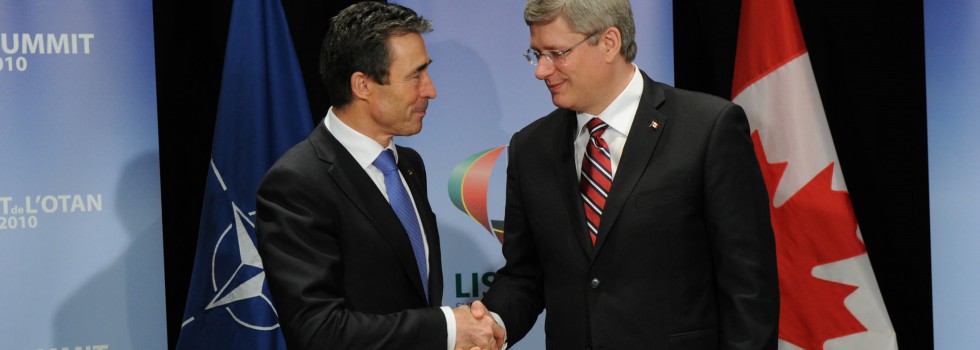In 2008, the Canada First Defence Strategy identified long-term defence goals for the future of the Canadian military, several of which were related to the procurement of military equipment. The Conservative government recently announced a plan to review its highly-criticized military procurement strategy and reassess the slow-moving process that determines how military equipment is purchased.
In the existing framework, several departments are involved in decisions regarding military equipment purchasing. Three separate agencies manage procurement while another three oversee the process, which has led to criticism for the current structure’s lack of direct accountability. There is only a general division of responsibilities and communication between the departments is unclear, resulting in work being duplicated in some situations and not done at all in others. While many people are involved in the meetings, there is no single department designated to make the final call on purchasing decisions when agencies cannot reach an agreement. While this strategy has functioned well enough for small purchase decisions, it slows down and in some cases has altogether halted the completion of large-scale projects.
[captionpix align=”center” theme=”elegant” width=”300″ imgsrc=”http://ipolitics_assets.s3.amazonaws.com/wp-content/uploads/2012/04/dnd.jpg” captiontext=”Canada’s Department of National Defence”]
This slow decision-making process comes with a high price. The purchasing power of our defense budget is being rapidly reduced by inflation by up to seven percent per year. What is frustrating about this issue is that it would be entirely avoidable if a more streamlined process were in place and a single agency existed to make these important decisions on schedule.
One of the potential solutions presented is similar to the current structure. However, it offers a twist that aims to de-politicize the process that has been cited as one of the reasons for the current structure’s failures. The government will continue to assign committees to manage all projects, with the additional involvement of non-governmental third party experts who would sign-off on which contracts to purchase. It seems counter-intuitive, however, to believe that that adding more personnel would simplify rather than further complicate the already onerous process.
The second option being considered seems more favourable at first glance. A single agency may be formed with its very own minister to assume responsibility for the task of defense procurement. But many feel that similar attempts to do this in the past have not worked because this option still adds another level of bureaucracy to the current process.
Is the task of reorganizing this process just wasting time and money by slowing down progress on the real task at hand even further? There is no escape from the reality that Canada’s aging military assets need to be replaced. If the Conservative government plans to enact any reforms, it is in the interest of all to find an efficient and effective solution to end the current stall in decision-making.




